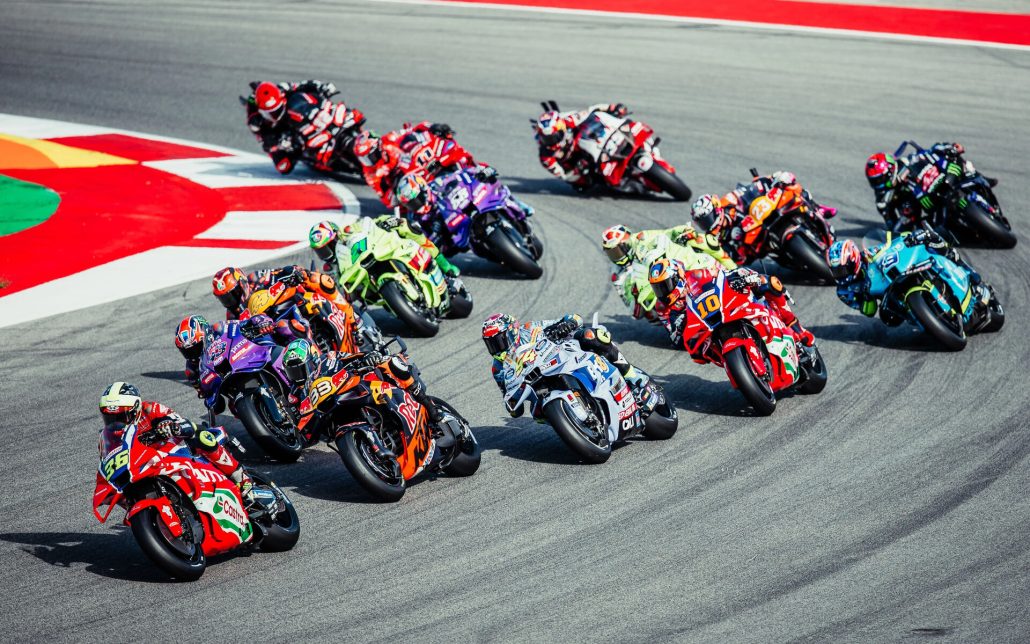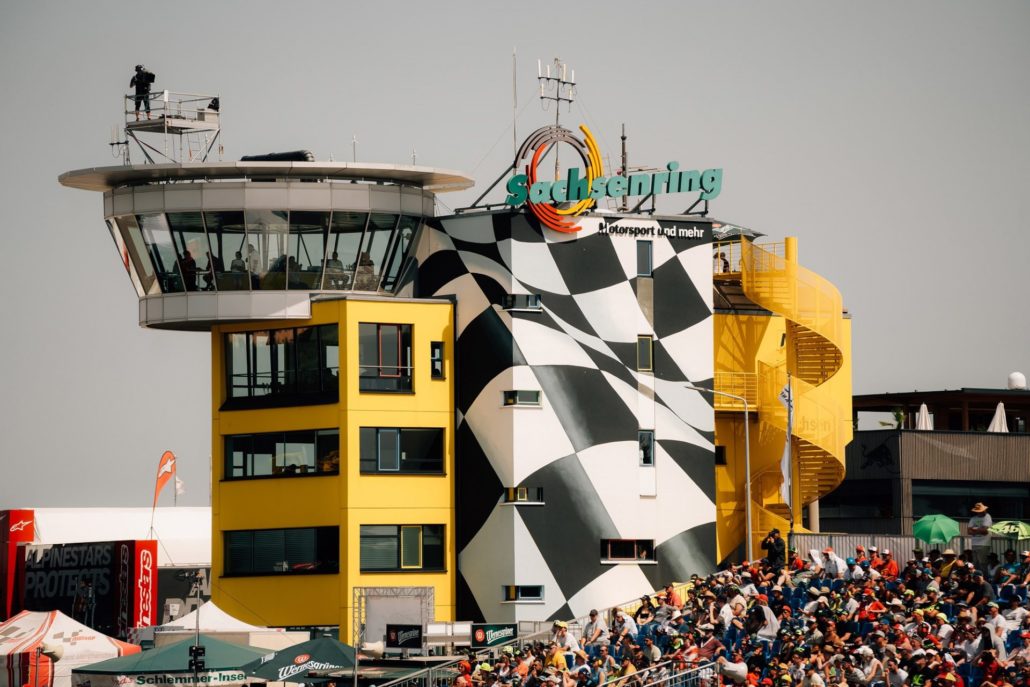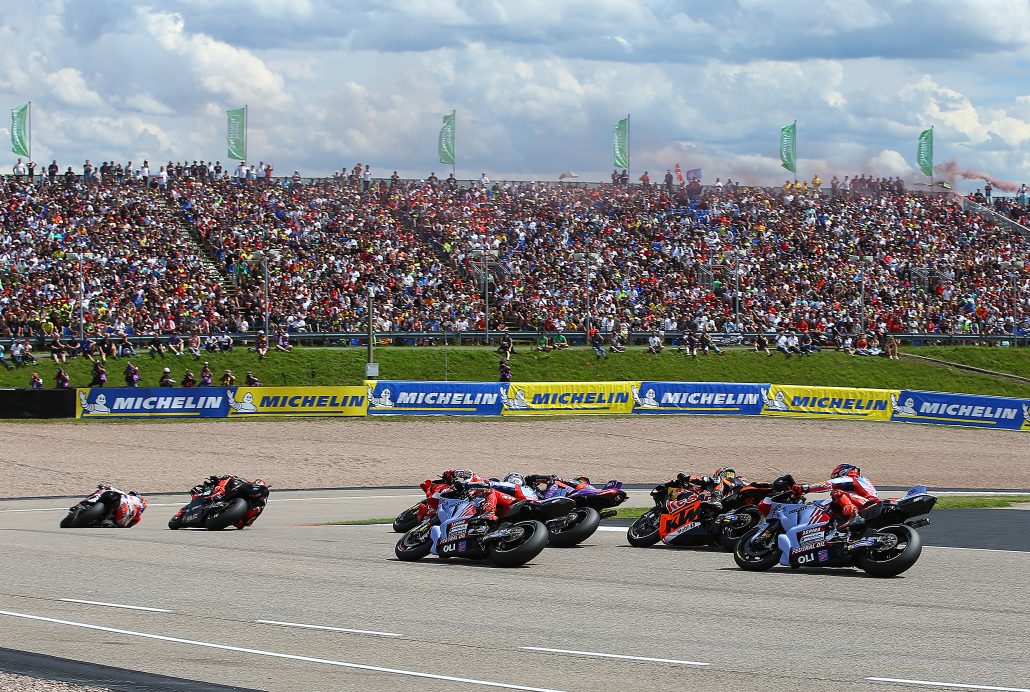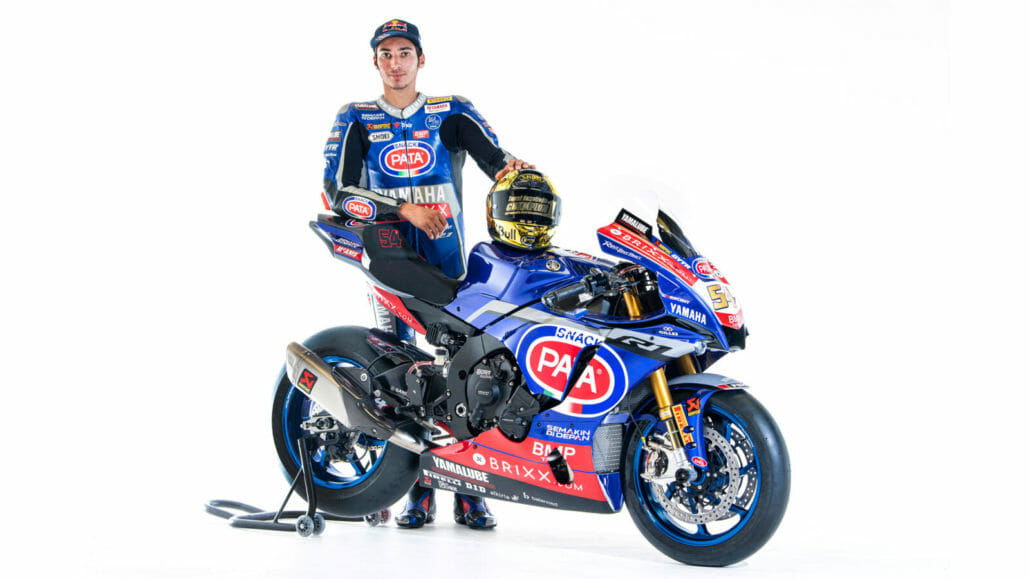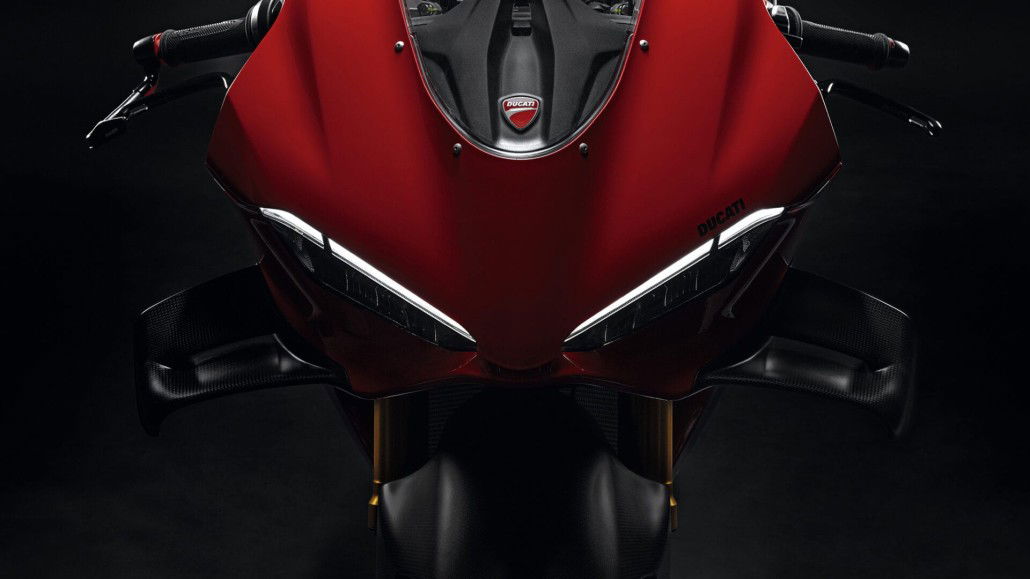Farewell to the inline four-cylinder after 23 years
Since the beginning of the four-stroke era in 2002, Yamaha has relied on an inline four-cylinder engine. For many years, this configuration was the hallmark of the YZR-M1, with successes such as several MotoGP world championship titles. Recently, however, there has been a noticeable lack of top performance, especially on the straights. Yamaha was the only manufacturer with an inline four-cylinder engine on the starting grid and was increasingly falling behind.
The decision to change was made after extensive testing. Yamaha explains that it has exhausted the potential of the previous engine. The new V4 platform is now set to tap into new performance reserves.
First race with a wildcard: Fernández tests under race conditions
The new V4 prototype will be used for the first time under race conditions at the San Marino Grand Prix this weekend. Test rider Augusto Fernández will be at the start with a wildcard. This is an important practical test for Yamaha before the new concept is potentially used regularly from 2026.
In the first free practice session, Fernández finished 21st with the V4 motorcycle. Remarkably, his lap time was only slightly behind that of factory rider Álex Rins, who is still riding the inline four-cylinder version. This first approach to the new concept suggests that Yamaha could be on the right track.
Post-race test: Quartararo and Rins switch bikes
Fabio Quartararo and Álex Rins will continue to ride their current bikes at the San Marino Grand Prix. However, on the official test day on Monday after the race, both will ride the new V4 machine for the first time. Their feedback is likely to be decisive for the future direction of development.
“Plan V”: Collaboration across continents
According to Paolo Pavesio, Managing Director at Yamaha Motor Racing, the project represents a comprehensive reorientation: “The development of the V4 prototype is the result of joint work between Yamaha Motor Co., Ltd. in Japan, Yamaha Motor Racing in Europe, and selected technical partners.”
He also emphasizes the importance of a faster and more agile way of working and better use of global resources. The signing of two test riders—Andrea Dovizioso and Augusto Fernández—is also a central part of this strategy. While Dovizioso provides structured feedback based on his experience, Fernández brings the necessary racing acumen to the table.
Pavesio explains: “These stress tests not only provide important data, but also give a realistic picture of our competitiveness.”
Looking to the future: 850cc engine and new tires
The new V4 engine is not the only technical innovation at Yamaha. In line with future MotoGP regulations, work is also underway on an 850cc project. In addition, a change of tire supplier is imminent. According to Yamaha, both aspects require a new approach to development – and confirm the strategic relevance of the V4 platform.
No clear advantage yet – but lots of potential
It remains to be seen whether the switch to V4 will bring the hoped-for performance increase. The current inline four-cylinder M1 has already made progress in 2025. Therefore, it will not be easy for the new motorcycle to clearly assert itself. Nevertheless, the switch is likely to be inevitable in the medium term in order to become competitive again with Ducati, KTM, Aprilia, and Honda.
Conclusion: A symbolic change of direction
With the move to the V4 engine, Yamaha is ending an era and venturing into new territory. The upcoming tests and races will show whether the change in strategy pays off. One thing is certain: the course for the future has been set.
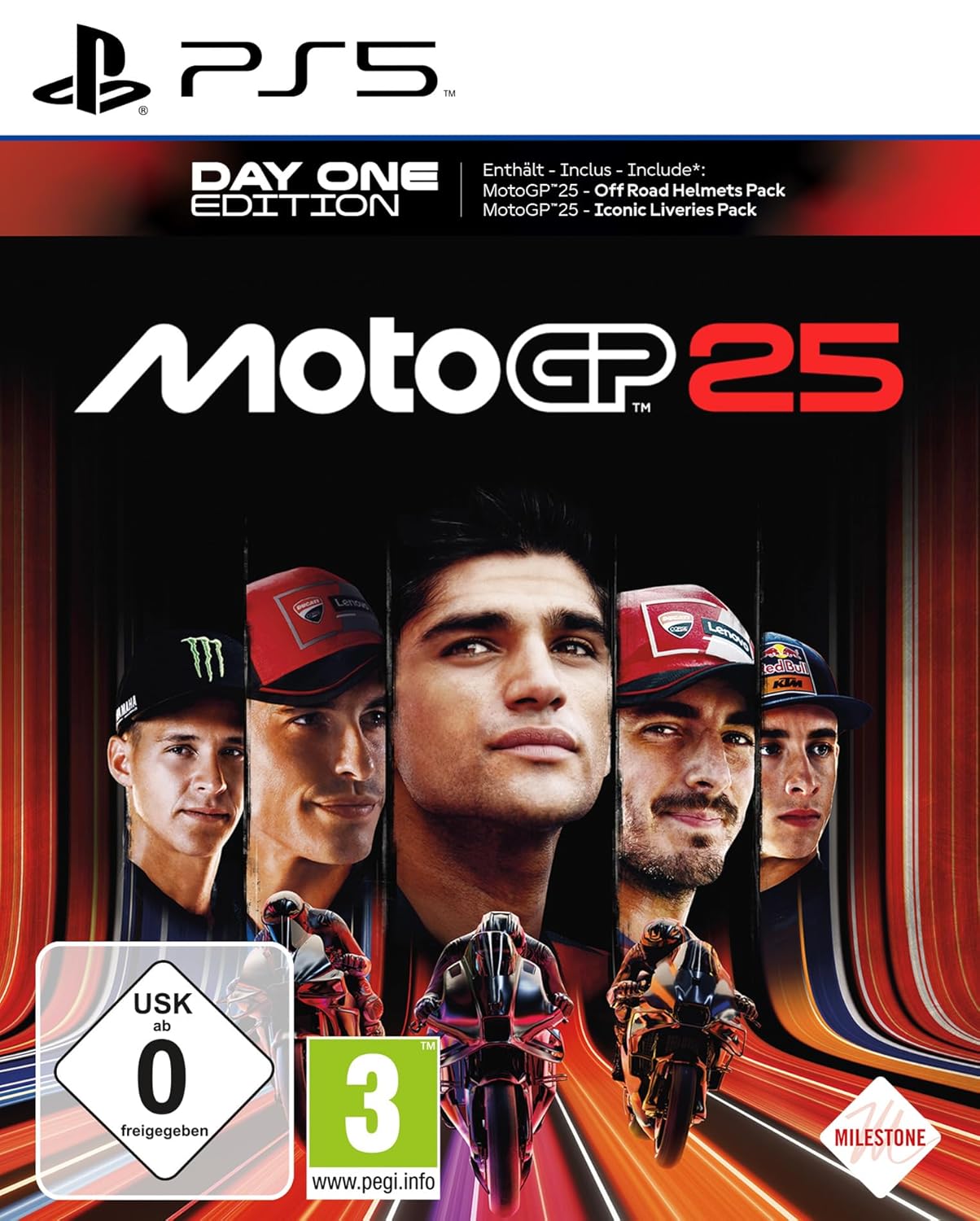

- Milestone MotoGP 25 (Day One Edition) – Sony PlayStation 5 – Rennspiel – PEGI 3 (EU import)














